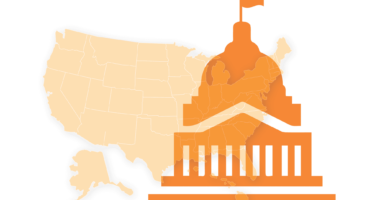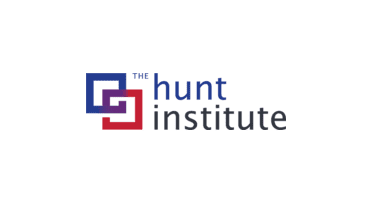Family Engagement is Key for Student Success During COVID-19 Recovery and Beyond
“Ms. Alberty, you came to my house!”
Whether they were in pre-K or middle school, my students always greeted me at their door with a mix of surprise and delight that instantly transformed their demeanor and engagement in the classroom. Home visits gave me a peek into my students’ lives, helped build authentic relationships with them and their families, and, quite frankly, were one of the most effective strategies for academic success in my classroom. When I later trained teachers in family engagement, countless teachers shared how family partnership influenced not just their classroom culture, but their students’ academic success. Whether it be home visits; academic parent teacher teams; shared goal-setting; or simple, consistent, two-way communication with families, building a strong partnership between students’ lives at home and school is critical for student learning and success.
As the nation embarks on the long journey of COVID-19 recovery, educators are confronting the reality of the past school year. Millions of students — especially students of color and students from low-income backgrounds — have been denied opportunities to be on grade level because of the overlapping challenges of online learning, stress of the COVID-19 crisis, and the perpetual trauma of our nation’s racial oppression and injustice.
In the American Rescue Plan, 20% of funds for districts are earmarked to address unfinished learning — lessons that students missed or didn’t master during COVID-19. That’s why The Education Trust recently released three briefs outlining evidence-based strategies to tackle unfinished learning: targeted intensive tutoring, expanded learning time, and the importance of strong relationships. For all of these evidence-based strategies to succeed, however, educators must engage families as full partners in the task of catching students up. To build authentic partnerships with families during COVID-19 recovery, district and school leaders should:
Build TRUST: Relational trust between schools and families is not just nice to have, but an essential element for effective school improvement. Research shows that family partnership helps build trust between schools and home and, moreover, increases student academic success. As schools are tasked with re-engaging students and their families in COVID-19 recovery, trust-building must be central. Several districts, like Dallas ISD and Chelsea Public Schools in Massachusetts, have recently invested resources in home visits as a way to build trust between families and schools in their district.
Build TRANSPARENCY: Families have the right to know how their child is doing in school, and the 2020-21 school year has left many families worried about whether their child is on grade level. During this time of transition, districts must operate with radical transparency and consistent communication. Districts should make every effort to share accurate, end-of-year data on how students are doing academically, include families in the re-opening planning process, and base any strategies to accelerate learning off family input and engagement. Programs like Metro Nashville Public Schools’ Navigator Program have ensured that families receive weekly phone calls from school staff, who share district updates, as well as connect students to community resources.
Build CAPACITY: As school buildings closed and reopened throughout the past year, many families have had to take on the brunt of addressing their child’s learning needs — often without any training or support on how to do so. Organizations like Oakland Reach in California have effectively built parent skill and power in supporting student achievement during this time. However, educators also need support, as most have not received proper training for engaging effectively with families to support student learning. The Dual Capacity-Building Framework for Family-School Partnerships offers guidance on how to build the capacity of both educators and families to ensure effective family engagement.
Right now, there is a unique opportunity for districts to invest in a robust and long-term strategy for family engagement. If districts don’t incorporate family voice and perspective into the decision-making process, as well as leverage parent expertise and partnership, students are in danger of increasingly falling below grade level. School and district leaders and educators must partner with families and communities to ensure that we accelerate learning both in the short and long-term for students who need it the most. Now is the time to build and sustain a collective partnership between schools and families to increase equity and opportunity for every child in our education system.





